At a given moment, all manner of fascinating and bizarre experiments could be under way at NASA’s Johnson Space Center in Houston, Texas. The Space Center, which has been the seat of the United States’ manned space program since 1961, celebrates its golden anniversary this year. JSC occupies itself with many tasks, and among those tasks is the conduction of experiments that test the performance of equipment in artificially created environments that are designed to mimic some or all of the environmental conditions of space. Many of these experiments are conducted in one of the world’s largest environmental test chambers, the Space Environment Simulation Laboratory.
The SESL is a 65 feet wide, 120 feet high vacuum chamber that is used to conduct a wide range of experiments, including those that test the resistance of equipment to the extreme conditions of space. For example, the chamber has been used in the past to test the ability of satellites to unfold in the vacuum of space after having been delivered there by rockets in containers. The SESL is and does what all environmental test chambers essentialy are and do; it provides a controlled environment in which to perform tests. The only difference between it and any other test chamber is that it conducts tests on a very large scale, while most other environmental test chambers don’t occupy more space than an average-size bedroom (and some can be even smaller than that).
In fact, the most common test chamber varieties are much smaller than a bedroom. Many varieties are designed to create small spaces – on the order to a few square feet instead of tens or hundreds of square feet – in which individual products, chemicals or other things can be subject to controlled conditions. These conditions can be high or low temperatures, high or low pressure or any other variety of artificially induced atmospheric or climatic conditions.
 Calibration Services
Calibration Services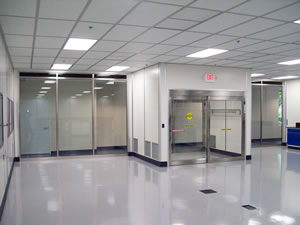 Clean Rooms
Clean Rooms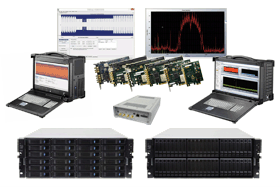 Data Acquisition Systems
Data Acquisition Systems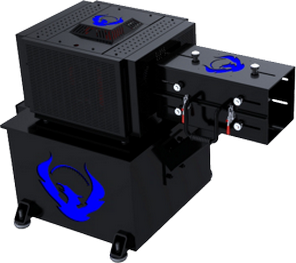 Dynamometers
Dynamometers Environmental Test Chamber
Environmental Test Chamber Leak Detectors
Leak Detectors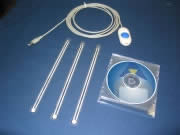 Load Cells
Load Cells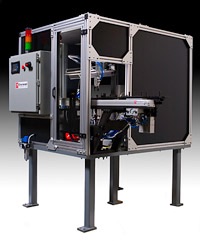 Machine Vision Systems
Machine Vision Systems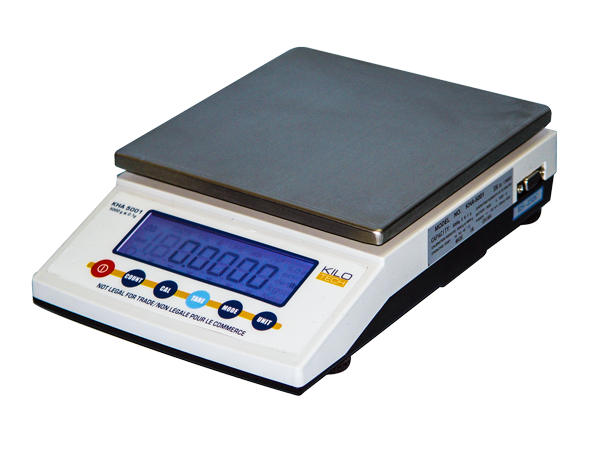 Scales
Scales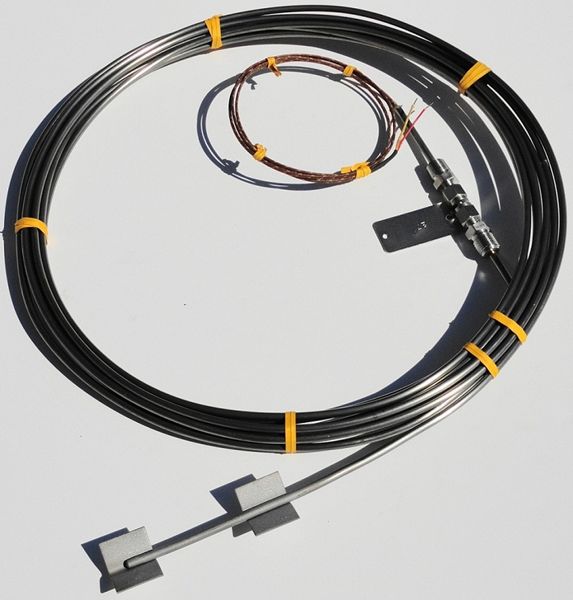 Thermocouples
Thermocouples Castings & Forgings
Castings & Forgings Bulk Material Handling
Bulk Material Handling Electrical & Electronic Components
Electrical & Electronic Components Flow Instrumentation
Flow Instrumentation Hardware
Hardware Material Handling Equipment
Material Handling Equipment Metal Cutting Services
Metal Cutting Services Metal Forming Services
Metal Forming Services Metal Suppliers
Metal Suppliers Motion Control Products
Motion Control Products Plant & Facility Equipment
Plant & Facility Equipment Plant & Facility Supplies
Plant & Facility Supplies Plastic Molding Processes
Plastic Molding Processes Pumps & Valves
Pumps & Valves Recycling Equipment
Recycling Equipment Rubber Products & Services
Rubber Products & Services